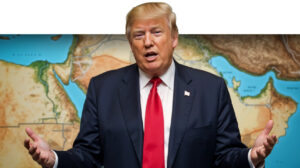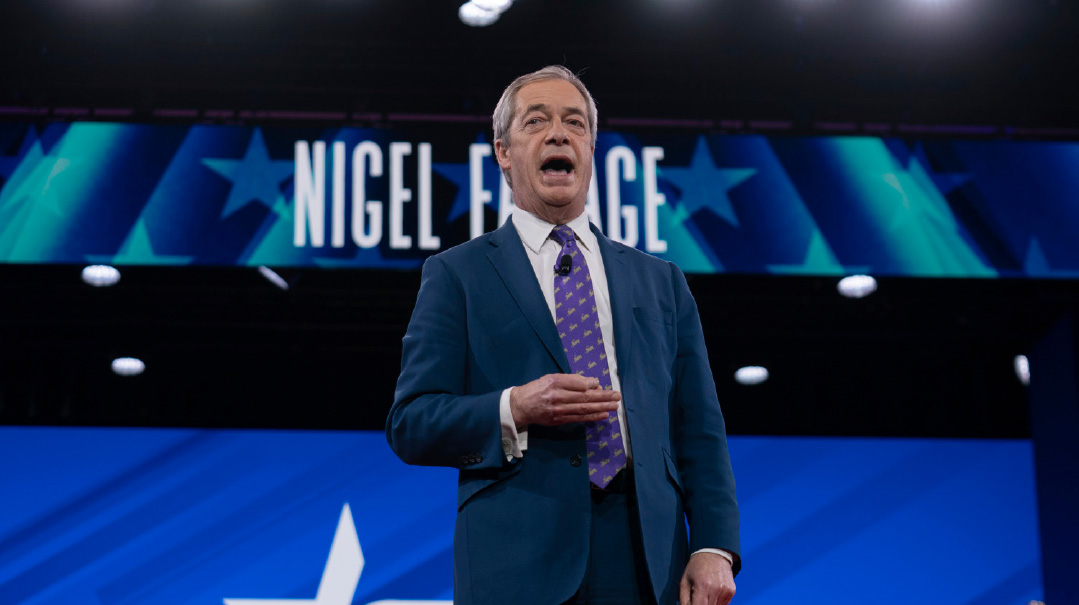War-Gaming Brexit


Twenty-one months of bruising negotiations led by British prime minister Theresa May achieved the impossible: a Brexit deal that has united both Remainers and Leavers in opposition. Both agree that this is the worst-of-all-worlds deal, with Britain still subject to many European Union laws, and no ability to shape them from within.
Against this backdrop, high drama played out last week in Westminster, as May pulled Parliament’s vote on the deal at the last minute, recognizing that many MPs from her own Conservative Party would vote against. The so-called “Irish backstop” is the greatest obstacle to an agreement. No one wants to draw a formal border between Northern Ireland and the Republic of Ireland, yet if no deal is reached by the end of the transition period in December 2020, Northern Ireland would remain in the EUs tariff regime while the rest of the UK Brexited — effectively disuniting the United Kingdom.
After May pulled the vote, opponents tried to unseat her by calling for a vote of confidence in her government. Though she won that vote 200-117, the tally confirmed that more than a third of her own MPs are implacably opposed to the current deal. In desperation, May then headed across the Channel on a whistle-stop Europe tour to secure changes to the deal that would ensure its passage through Parliament. She came back empty-handed, her Brexit plan seemingly dead in the water.
Having hit an impasse, with neither the EU nor Parliament yielding, only one thing is now certain. Brexit is just over 100 days away, and almost any scenario is possible for getting there. Here, though, are the most likely routes the Brexit juggernaut will take.
Scenario 1: Brexit with current deal
FOR
The referendum showed that 200 of 317 Conservative MPs are against a no-deal Brexit, which leaves this deal as the default option. Brexit passes if a majority of the 650 vote in support.
Labour, which holds 257 seats, is historically far more Europhile, so May is attempting to win over large numbers of opposition MPs who prefer her deal to no-deal.
AGAINST
Democratic Union Party (DUP) of Northern Ireland, which holds ten seats in Parliament and is a part of May’s coalition, are dead set against the deal because of the backstop. If May loses the DUP, she loses her coalition.
Jeremy Corbyn’s strategy is to force an early election by blocking the current Brexit deal. Reports indicate that he will call a vote of no confidence in the near future, and the possibility of coming to power could prevent his MPs from helping out the PM.
Scenario 2: No-deal Brexit with trade governed by World Trade Organization (WTO) rules
In other words, no formal trade agreement with the European Union and all trade concluded according to the WTO, the lowest common denominator in international commerce.
FOR
Some Cabinet ministers, including Foreign Secretary Jeremy Hunt, now back this option if the EU doesn’t soften its stance.
If a Cabinet revolt ousts Theresa May and a hard Brexiteer comes to power, this option would be firmly back on the table.
AGAINST
Most senior ministers shy away from unleashing no-deal chaos on the country.
Having lost the no-confidence vote last week, Brexiteers on the Conservative Party’s right can’t challenge May for another year.
Scenario 3: Second referendum plus May’s deal/no Brexit
FOR
A Politico poll five weeks ago showed that voters backed staying in the EU over Brexit with no deal by 53% to 47%.
Influential figures from both sides of the Brexit debate, such as former Labour PM Tony Blair and leading Brexiteer Nigel Farage, have warned that this is now a major possibility.
A YouGov poll shows that Labour support would plummet from 36% to 22% if it voted through May’s deal.
AGAINST
Another Cabinet faction, including influential Conservative minister Michael Gove, is against a second referendum that would put Brexit at risk.
Labour is riven over the best strategy, with Shadow education minister Angela Rayner saying a second referendum would “undermine democracy” and powerful union leader Len McCluskey warning that Labour “Leave” voters would abandon the party.
Scenario 4: EU Changes Brexit deal
FOR
The EU is a past master at elegantly ignoring its own red lines, as the fiscal rule-bending to allow Emmanuel Macron to spend his way out of trouble shows. Given a credible threat of no-deal chaos, the EU would find a way of renegotiating.
AGAINST
“There will be no legally binding obligations imposed on the withdrawal treaty,” said European Commission president Jean-Claude Juncker last week. Ultimately, the EU are in a fight to preserve their core identity, so Juncker might mean it.
(Originally featured in Mishpacha, Issue 740)
Oops! We could not locate your form.













